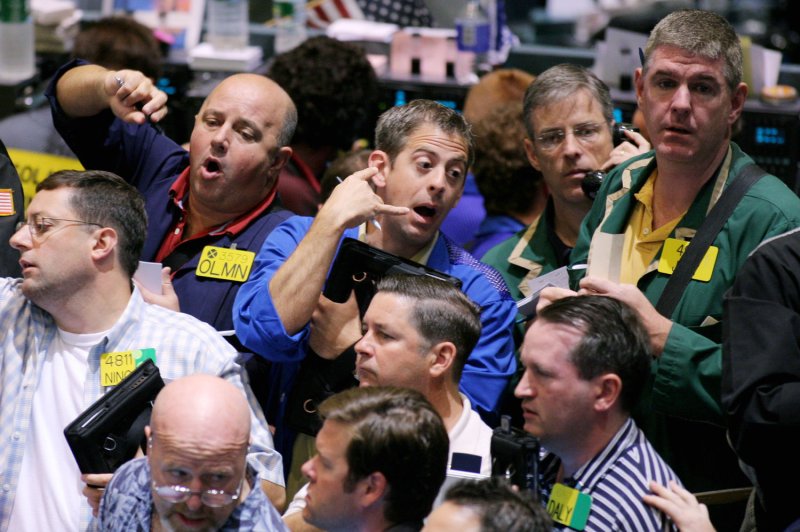NEW YORK, Dec. 20 (UPI) -- An expected draw on U.S. crude oil inventories helped erase a brief downturn for crude oil prices, but momentum could be influenced by year-end movements.
A research note from S&P Global Platts said to expect a draw on U.S. crude oil inventories of about 2 million barrels, which could indicate some level of balance is emerging between supply and demand.















